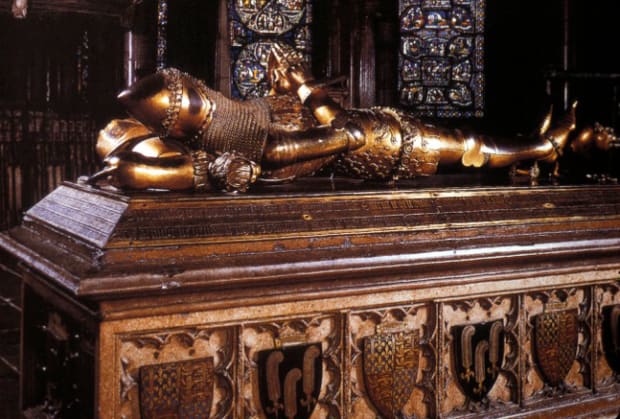Black Prince's Ruby
The Black Prince's Ruby is the giant ruby set on the front cross pattée of the Imperial State Crown. It is a bead-shaped spinel weighing roughly 170 carats (34 g), about the size of a chicken egg.
Black Prince Ruby. Black seed pearl. Over 10 million scientific documents at your fingertips. The Black Prince’s Ruby has had a long history as a royal gemstone whose incredible size and blood-red color made it the crowning jewel to the Imperial State Crown of the United Kingdom. Weighing in at 170 carats and at about 2 inches long, the Black Prince’s Ruby was long thought to be one of the largest rubies in the world.
Jewel In The Crown Imperialism
The known history of the Black Prince's ruby commences with the King of Granada, in whose possession it was when it was coveted by Don Pedro, the King of Castile. That monarch took the direct road to possession by killing the owner and annexing the stone in the year 1367. In that year a very signal service was performed for Don Pedro by an English force under the Black Prince at the Battle of Nagera, near Victoria. In gratitude, Don Pedro presented the great ruby to the Black Prince.
The ruby was worn by Henry V. in his coroneted helmet at the Battle of Agincourt. During a personal encounter between Henry V. and the Duc d'Alencon, a sword cut from the Duc sliced off a piece of the King's coronet, but the great ruby remained unhurt and came victorious with its owner out of the battle.
After the execution of Charles I., the 'large ballas ruby, pierced and wrapt in paper,' and valued at £4, was bought by some unknown person, who evidently gave or sold it back at the Restoration, as we find it again in the State Crown of Charles II. The ruby is now the central ornament in the Imperial State Crown.
The Black Prince S Ruby

Black Prince's Ruby Value
More Articles on the British Monarchy


